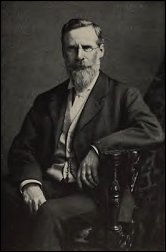| General Chemistry is a free introductory textbook on chemistry. See the editorial for more information.... |

|

Home  Nuclear Chemistry Nuclear Chemistry  Radioactive Decay Radioactive Decay  Introduction Introduction |
|||||||
| See also: The Study of Radioactive Compounds, Half Life | |||||||






|
|||||||
Radioactive DecayAuthor: Andrew R. Barron
Once the picture of a nuclear atom was discovered it became clear that the energy released must come from the nucleus. It is for this reason that atomic energy became generally known as nuclear energy rather than atomic energy.(1) If mass is lost from the nucleus the following questions must be asked:
Based upon the periodic table the difference between uranium and lead would suggest that sequential radioactive disintegration would involve 10 elements. However, by 1914 it was found that there were more than 30 steps between U and Pb. The only way to explain this is the concept of isotopes. The word isotope is derived from the Greek, meaning “same place”. Isotopes are any of the different types of atoms (nuclides) of the same chemical element, each having a different atomic mass (mass number) but the same atomic number. Once the concept of isotopes are realized then the reason for all extra elements for the radioactive disintegration.
|
|||||||
Home  Nuclear Chemistry Nuclear Chemistry  Radioactive Decay Radioactive Decay  Introduction Introduction |
|||||||
Last Update: 2011-02-20



